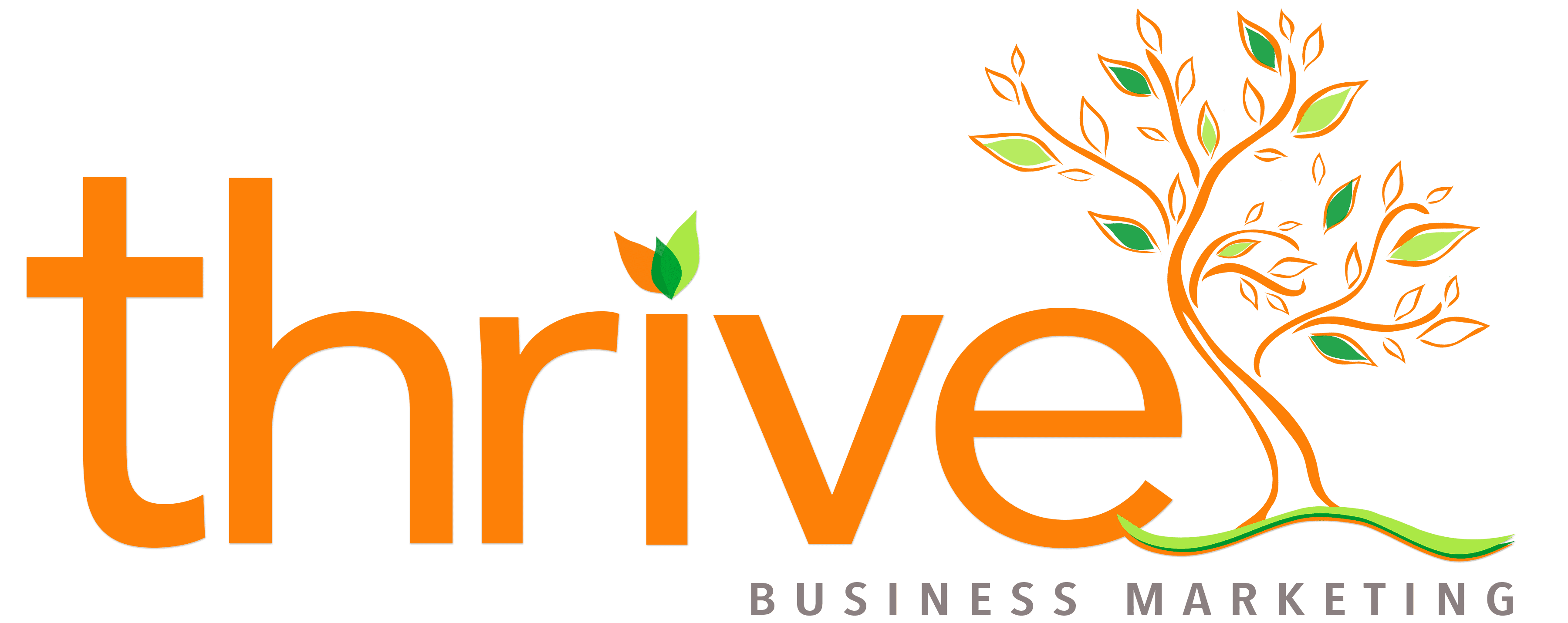For the longest time, it seems that Google has been a high profile target of critics claiming that the company “encourages piracy.” Although this isn’t a uniformly help sentiment among everyone, as well as Google constantly disputing it, the accusation has been voiced by a number of people in the music and motion picture industries.
Google has implemented, over time, a variety of systems and methodologies that are meant to thwart piracy and copyright infringement on YouTube, as well i search results. This is meant to help satisfy not only the critics, but the law as well. (The founders of YouTube turned a blind eye toward copyright infringement at first.)
A report was released earlier this week called “How Google Fights Piracy” (which you can find in the embedded document below). Not only that, it was discussed in a blog post.
In the report’s introduction, the company says:
The internet continues to be a boon for creators, their communities, and the content industry, and Google continues to be a key part of that success. Today, Google’s services provide more content for users, generate more revenue for rightsholders, and do more to battle copyright-infringing activity than ever before. Google takes the challenge of online piracy seriously—we continue to invest significant resources in the development of tools to report and manage copyrighted content, and we work with other industry leaders to set the standard for how tech companies fight piracy.
The current method of copyright enforcement found on YouTube is called ContentID. Over $60 million has been invested in the proprietary system, according to Google. Google adds that “well over 90 percent [fusion_builder_container hundred_percent=”yes” overflow=”visible”][fusion_builder_row][fusion_builder_column type=”1_1″ background_position=”left top” background_color=”” border_size=”” border_color=”” border_style=”solid” spacing=”yes” background_image=”” background_repeat=”no-repeat” padding=”” margin_top=”0px” margin_bottom=”0px” class=”” id=”” animation_type=”” animation_speed=”0.3″ animation_direction=”left” hide_on_mobile=”no” center_content=”no” min_height=”none”][of content creators choose] to monetize videos containing their copyrighted material.” Accordingly, Google asserts that “Content ID on YouTube has generated over $2 billion for creators.”
There was a similar story where Google has ended its bitter legal dispute with Mississippi Attorney General Jim Hood, who had been aggressively investigating piracy on Google for several years. In the end, Google had sued Hood, and argued that the investigation was a front for the financial interests of the Motion Picture Association of America. It was discovered by news organizations what amounted to collusion or a conspiracy to use the office of the Mississippi Attorney General to enforce SOPA-like control over content on the internet.
In the end, the case was settled. Both parties had pledged cooperation in the future.
Source – Greg Sterling[/fusion_builder_column][/fusion_builder_row][/fusion_builder_container]

